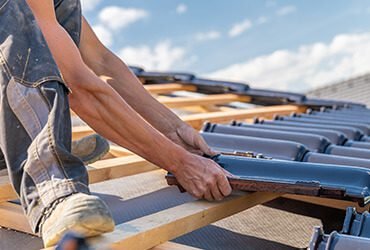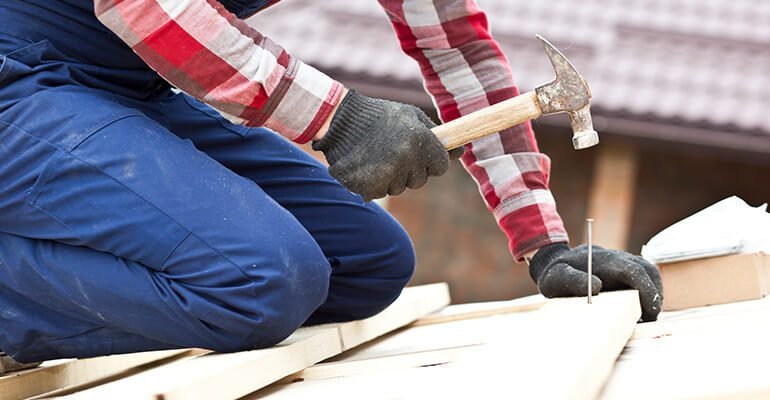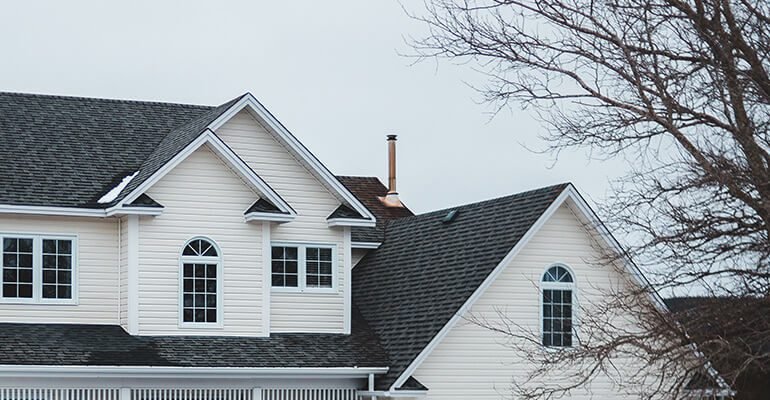All about Custom Roofing Design
Custom roofing design refers to the process of designing a roof that is tailored to the specific needs and preferences of the customer. This can include considering factors such as the size and shape of the building, the local climate, the style of the building, and the customer’s budget.
One of the benefits of custom roofing design is that it allows the customer to create a roof that is unique and meets their specific needs and preferences. For example, a customer might want a roof that is energy efficient, durable, and stylish. An expert roofing contractor with experience in custom roofing design can work with the customer to create a roof that meets these specific criteria.
Custom roofing design is an important consideration for any building owner or homeowner. In addition to meeting the customer’s specific needs and preferences, custom roofing design can also help to optimize the performance of the roof.
In addition to meeting the customer’s specific needs and preferences, custom roofing design can also help to optimize the performance of the roof. A well-designed roof can be more energy efficient, durable, and able to withstand the elements. It can also enhance the overall appearance of the building, adding value and curb appeal.
At Roofplan, we offer custom roofing design services to our customers. Our team of expert engineers has extensive experience in roof design and is skilled in creating custom solutions that meet the specific needs and preferences of each customer. We take into account factors such as the size and shape of the building, the local climate, the style of the building, and the customer’s budget to create a roof that is both functional and aesthetically pleasing.


In addition to custom roofing design, we also offer a wide range of roofing materials to choose from, including metal, slate, asphalt shingles, rubber, and more. Our team is knowledgeable in the use and installation of these materials and can help you choose the best option for your specific needs and budget.
Overall, custom roofing design is an important consideration for any building owner or homeowner. By working with an expert contractor like Roofplan, you can create a roof that meets your specific needs and preferences and enhances the overall performance and appearance of your building. If you are in need of a new roof or looking to update your existing roof, we encourage you to contact us for more information and to schedule a consultation with one of our expert engineers.
Roof repair recommendations
It is a good idea to be present during the repair work in order to ask any questions and get a better understanding of the condition of the roof. After the repairs are complete, the contractor should provide a written report outlining the work that was completed.
After completing the recommended roof repairs, it is important to maintain the roof in order to prolong its lifespan and protect the building from water damage. Some tips for maintaining the roof include:
Regular inspections of the roof can help to identify any potential issues early on and allow for timely repairs.
Clearing debris from the roof: Debris such as leaves and branches can accumulate on the roof and cause damage if not removed. Regularly clear the roof of any debris to help prevent damage. Inspecting the roof regularly: Regular inspections of the roof can help to identify any potential issues early on and allow for timely repairs.
Cleaning and maintaining the ventilation and drainage systems: Proper ventilation and drainage are important for the health of the roof. Regularly clean and maintain these systems to ensure that they are functioning properly. Seeking professional help: If you are unsure about the condition of your roof or if you notice any issues, seek the help of a professional roofing contractor. They can provide a thorough assessment of the roof and make any necessary repair recommendations.


Choosing a reputable and experienced roof repair contractor is also crucial in order to ensure that the recommended repairs are completed properly and effectively. By following these recommendations and properly maintaining the roof, it is possible to prolong its lifespan and protect the building from water damage.
Dormer vents for enhanced attic airflow
Dormer vents are a type of ventilation system that is installed along the slope of a dormer, which is a vertical extension of a building’s roof. These vents allow for the natural flow of air through the attic and can help to improve the ventilation of your home. Here are eight key points to consider when it comes to dormer vents:
Dormer vents can provide several benefits to your home, including improved attic ventilation, reduced energy costs, and increased comfort. Proper ventilation helps to regulate the temperature and moisture levels in your attic, preventing issues such as mold, rot, and ice dams.
The cost of dormer vents can vary depending on the type of vents and the scope of the project. Be sure to get estimates from multiple contractors.
There are several different types of dormer vents available, including static vents, wind turbines, and ridge vents. Static vents are passive ventilation systems that rely on the natural flow of air to ventilate the attic. Wind turbines are active ventilation systems that rely on the wind to turn a fan and ventilate the attic. Ridge vents are installed along the ridge of a roof and allow for the natural flow of air through the attic.
Dormer vents should be installed in a location that allows for effective ventilation of the attic. This may include the slope of the dormer, the position of the vents in relation to the roof, and the overall size of the vents.


Dormer vents are typically made from durable materials such as metal or plastic. Metal vents are known for their longevity and resistance to extreme weather, while plastic vents may be more affordable but may not be as durable.
Dormer vents typically require minimal maintenance, but it’s important to keep them clean and free of debris to ensure optimal performance. This may involve occasionally cleaning the vents with a soft brush or cloth.
Roofing and Energy efficiency
Energy efficiency is an important consideration when it comes to roofing, as the right roofing materials and design can help to reduce your energy costs and lower your carbon footprint. Here are eight key points to consider when it comes to roofing and energy efficiency.
Roof design: The design of your roof can impact its energy efficiency. Factors to consider include the slope and pitch of the roof, the direction it faces, and the type of materials used. A sloped roof that faces south can be more energy efficient, as it can help to capture solar energy and reduce the amount of heat entering the home.
Adequate ventilation is essential for a healthy and energy-efficient home. Proper ventilation helps to regulate the temperature and moisture levels in your attic, preventing issues such as mold, rot, and ice dams.
There are several types of roofing materials that are known for their energy efficiency, including metal, rubber, and reflective shingles. Metal roofing is a durable and energy-efficient option, as it reflects sunlight and heat, reducing the amount of energy needed to keep your home comfortable. Rubber roofing is also energy efficient, as it has a high thermal resistance and can help to keep your home cool in the summer. Reflective shingles are another energy-efficient option, as they reflect sunlight and heat, reducing the amount of energy needed to cool your home.
Proper insulation is also important for energy efficiency, as it helps to keep your home warm in the winter and cool in the summer. There are several types of insulation available, including fiberglass, cellulose, and spray foam, each with its own unique properties. Be sure to choose an insulation material that is appropriate for your home and to ensure that it is properly installed for optimal performance.


Adequate ventilation is essential for a healthy and energy-efficient home. Proper ventilation helps to regulate the temperature and moisture levels in your attic, preventing issues such as mold, rot, and ice dams. There are several different types of ventilation systems available, including static vents, wind turbines, and ridge vents.
There are several energy-efficient roofing products available on the market, including solar panels and cool roof coatings. Solar panels can help to generate electricity for your home and reduce your energy costs.





